Eiffel Tower
The Eiffel Tower is on every possible site-seeing list of the French capital no matter how short. It is the attraction that is most identified with Paris. There is one more reason to start your Parisian experience from its most iconic symbol. If you look at the map of the city and most of its popular attractions, the Eiffel Tower lies on the western edge of it. This means that it also makes an ideal starting (or ending) point. We chose the first.
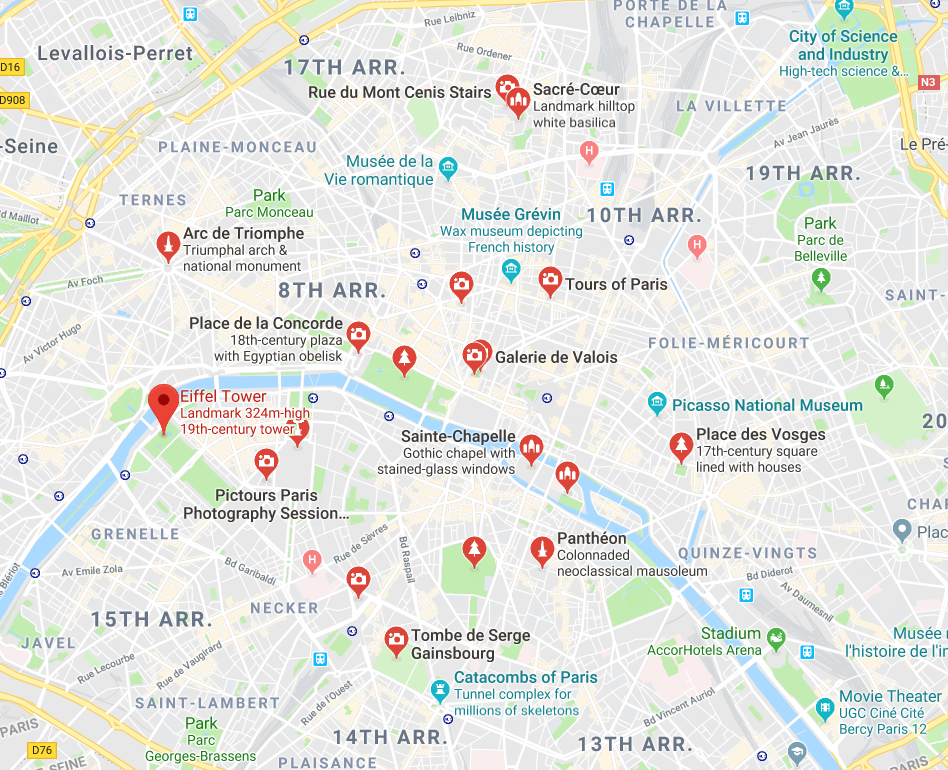
The massive structure ( 125 meters wide square base – 300 meters high) was built for the 1889 World Fair of Paris and was meant to stand only for twenty years before and be dismantled in 1909 when its ownership would revert from Gustave Eiffel (the engineer who had previously constructed the Statue of Liberty) to the City of Paris. The initial purpose of the tower? To celebrate the 100th anniversary of the French Revolution and at the same time to be the centerpiece of the exhibition that would signify the transcendence into a new age, the age of science and great industrial achievements.

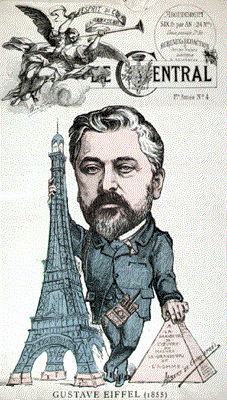
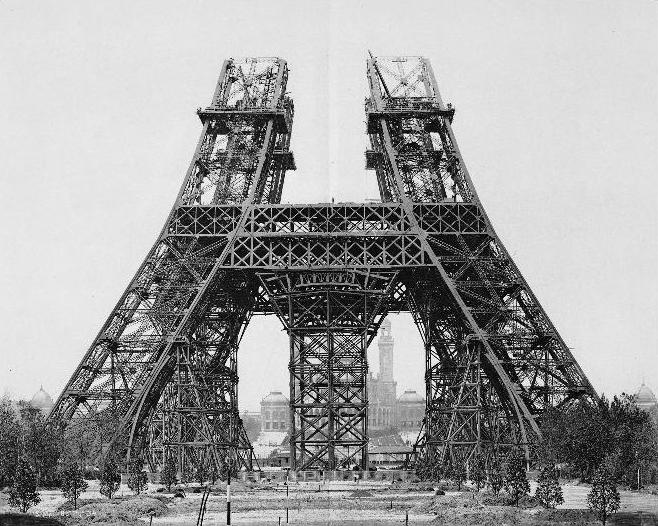
When the plans for the iron skeleton were revealed not everyone was happy. On the contrary, a wave of bold protest from Parisian intellectuals was raised for the plans to be aborted. Their main objection was that the barbaric iron bulk would blight the city’s image for twenty long years. It was an age when the controversy over the encroachment of modern engineering in architecture was all the rage. In time the fears of the romantics subsided and the monster proved to be a very useful and lucrative investment for Paris. The old romantics would have to live with the tower as an integral part of the city from then on.
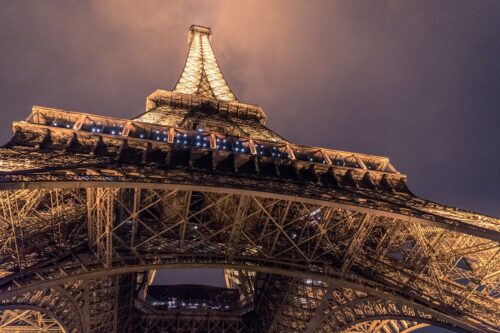
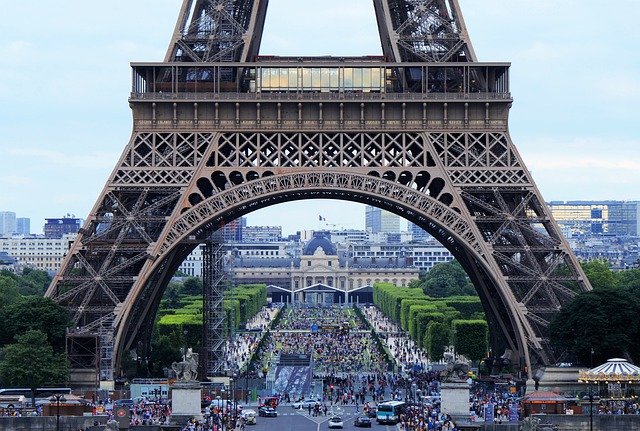
It took 50 engineers and designers, 150 factory workers, 150 to 300 construction workers, 7,300 tonnes of iron, 60 tonnes of paint and a record time of only 2 years and 2 months for the tower to be completed just in time for the grand exposition. What the romantic critics of the time couldn’t have possibly foreseen was the worldwide appeal of the new structure that would make this modern tower the most visited monument in the world with almost 300 million recorded visitors to this day and more than 7 million each year.
What they got even more wrong was the impact it would have on the future romantics of the world. Today Paris is proud to have the most prominent emblem of romantics across the globe as its very own flagship attraction. However, before you decide to pay it a tribute you should understand that the immense popularity of the monument means that you will have to prepay your ticket if you want to save yourself from long waiting hours.
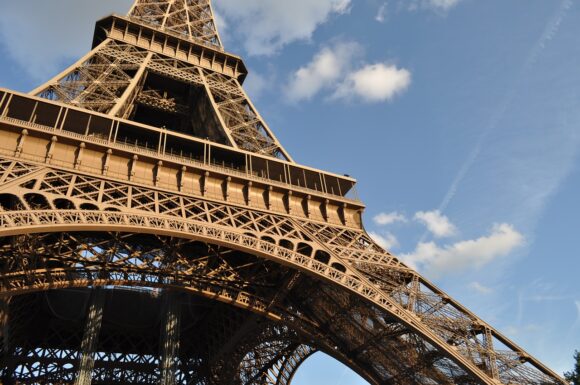

The Eiffel Tower consists of three floors – two of which you can walk up. Climbing up the stairs, 328 steps to the first floor and another 340 to the second could save you money (16,00 euros for the adult ticket with access lift to the Second floor- 10,00 euros for the ticket with access to the stairs for the second floor – 25,00 euros for an adult ticket with access to the lift that takes you to the top) as well as extra waiting time for the elevators. The Top Floor is only reachable by elevator, so you could walk to the Second Floor and then pay a supplement to take the elevator to the Top Floor.
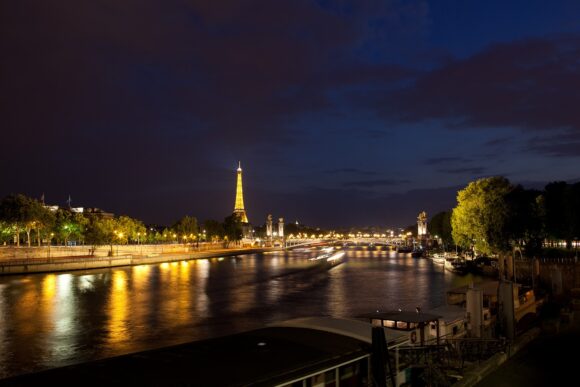

From June to September, the tower remains open until after midnight (9:00 – 0:45 Last entry midnight). The rest of the year the hours are from 9:30 – 23:45 Last entry is 11 pm. A light show takes place every evening and is breathtaking. On the other h, and most people visit the tower in the evening so it’s a tricky choice. There are currently two restaurants, the 58 TOUR EIFFEL on the first floor and THE JULES VERNE on the second that are scheduled to reopen to the public in spring 2019. There is also a champagne bar and a macaroon bar. More info:https://www.toureiffel.paris/en/restaurants-shops.

